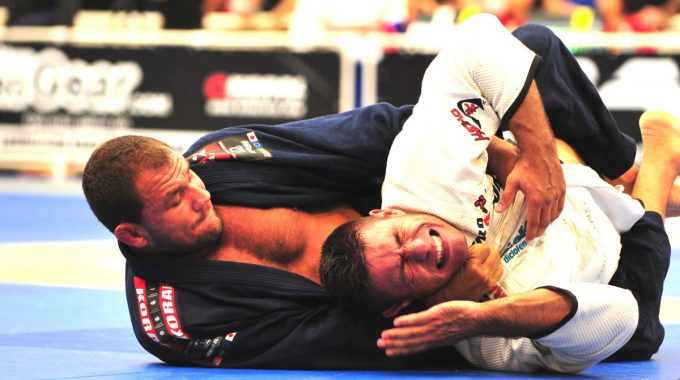
Injury Prevention in Grappling Sports – Part IIIb
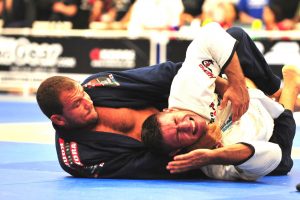 Over the last couple of weeks, we have discussed neck injuries in grappling sports. Specifically, we have talked about some different mechanisms for neck injuries, how all neck injuries are not the same. We discussed what some of the signs and symptoms associated with neck injuries and how this can distinguish severity. It is important to state that the information in this blog should never replace advice or guidance provided by your health care professional. This is solely intended to educate us all on a common injury in our sport and help us manage and prevent those injuries. That said, let’s state the obvious. The best prevention is protecting your neck. Typically we are caught in a choke as a result of a mistake we made and one which our competitor has capitalized on. That said, we are going to talk about things we can add to our training to prevent.
Over the last couple of weeks, we have discussed neck injuries in grappling sports. Specifically, we have talked about some different mechanisms for neck injuries, how all neck injuries are not the same. We discussed what some of the signs and symptoms associated with neck injuries and how this can distinguish severity. It is important to state that the information in this blog should never replace advice or guidance provided by your health care professional. This is solely intended to educate us all on a common injury in our sport and help us manage and prevent those injuries. That said, let’s state the obvious. The best prevention is protecting your neck. Typically we are caught in a choke as a result of a mistake we made and one which our competitor has capitalized on. That said, we are going to talk about things we can add to our training to prevent.
As with any injury, the sooner you start treating the injury the better. When I am evaluating athletes at the gym, if they present with tingling and numbness down their arm, weakness in the arm, severe limitation in range of motion or report pain that is greater than 6 out of 10, then I will refer them onto to a sports medicine physician. Locally, I have several primary care sports medicine physicians that I work with who understand the sport and how we can progress athletes back to sport while managing their injury.
One of the first things I will ask an athlete is for them to rate their pain on a 0 out of 10 pain scale.
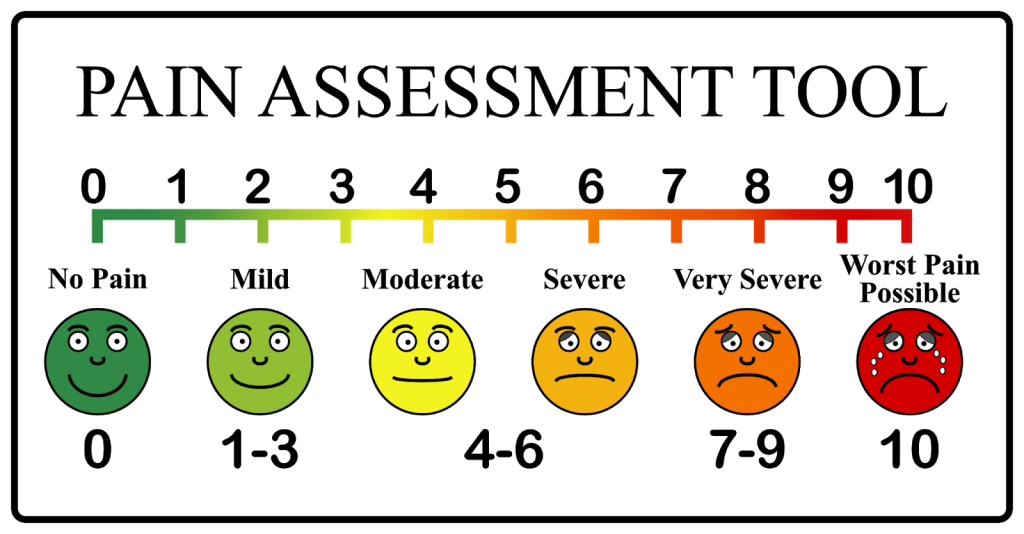
Pain is very subjective but for most Jiu Jitsu athletes, pain is a normal part of the game. That being said, I find these athletes tend to have a higher pain tolerance and thus rate their pain more accurately. Pain is also something that I use to determine how an athlete is progressing. I will ask an athlete to rank their pain when their neck feels it’s best and when it bothers them the most. If your neck is getting better, what you should find is that both of those numbers improve or go down. If not, you know you have to modify what you are doing.
The number one thing people can do to treat the initial injury is ice. In 20+ years of practice, I have yet to see an athlete that does not respond to ice. What I tell all my athletes is that I usually recommend icing 3-4 times per day for 15 min each bout. It should be cold enough to make you numb in 5 min, if not, it is not cold enough (be cautious not to burn yourself). I realize that recommendation is a pain and a lot of time but put it this way, how important is your Jiu Jitsu to you? Are you willing to make this small commitment to get you back on the mats faster? End of the day, the more you do it the faster you will get back to the mat. Period! If you don’t have an ice bag or enough ice bags, you can make your own by doing the following:
- Fill the plastic freezer bag with 1 cup of rubbing alcohol and 2 cups of water.
- Try to get as much air out of the freezer bag before sealing it shut.
- Place the bag and its contents inside a second freezer bag to contain any leakage.
- Leave the bag in the freezer for at least an hour.
Aside from icing the injury, you can also add these exercises to your routine to help reduce your risk of sustaining a neck injury.
- Cervical range of motion – you want to make sure that you maintain full range of motion of your neck in all planes of motion. If you have full range, if your neck is cranked into end range, this is less likely to cause you a problem. Below are some range of motion exercises you can put into your normal warm up. These should only take you a couple of minutes and best if done before practice. Each stretch should be in pain free range of motion and held for 20-30 seconds.
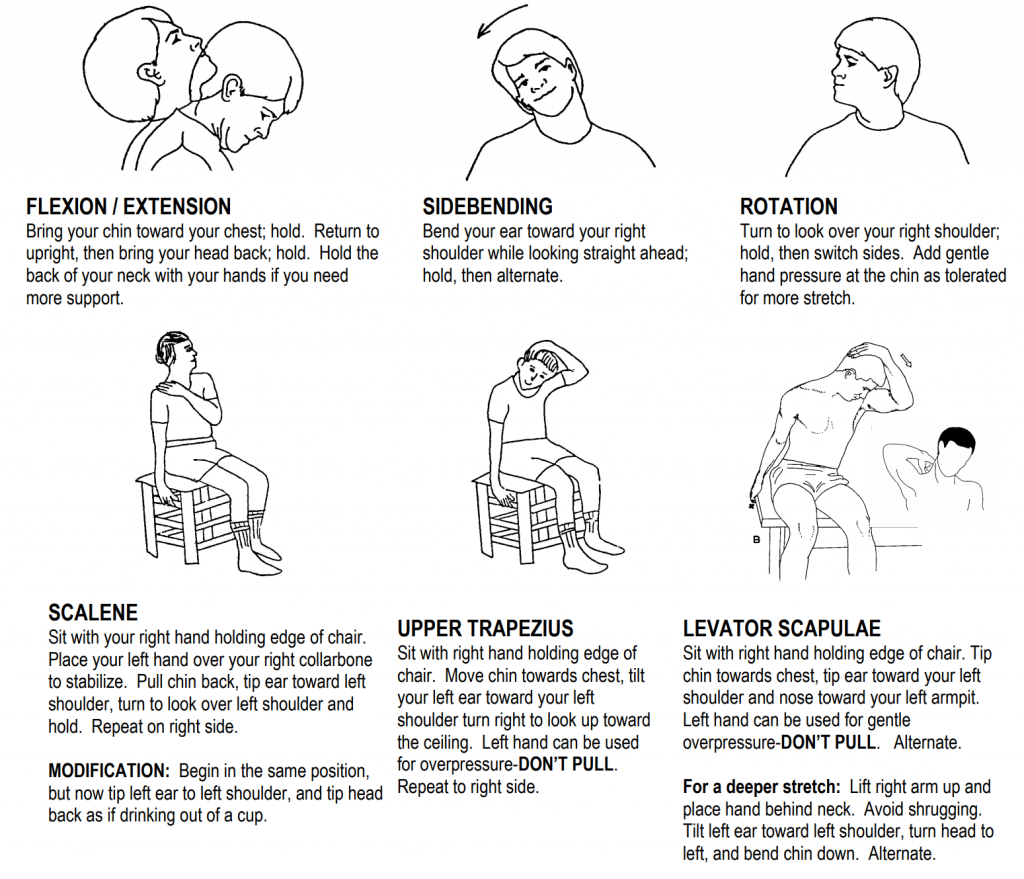 Pec major and minor stretch – with the pecs attachment to the shoulder and the shoulders influence on the neck, it is important to stretch out this area. If the pecs are real tight, this can cause an impingement on the brachial plexus which can give tingling and numbness. This video provides a couple different stretches for the pecs. I especially like the ones done on the floor as I think these have a lot of application to the sport.
Pec major and minor stretch – with the pecs attachment to the shoulder and the shoulders influence on the neck, it is important to stretch out this area. If the pecs are real tight, this can cause an impingement on the brachial plexus which can give tingling and numbness. This video provides a couple different stretches for the pecs. I especially like the ones done on the floor as I think these have a lot of application to the sport.
- Nerve glides – many times when we are caught in an arm bar or choke where our arm is extended and the neck is trapped, this can cause irritation of the nerve that runs from the neck to the arm. If the nerve is not use to going through this full range of motion, then it can respond by becoming irritated and giving tingling and numbness to the hand. Doing nerve glides as a part of our warm up can help to reduce chances for this. Below is a great nerve glide exercise. Start with the hand on the wall, extend the elbow then slowly sidebend the neck. Stay in pain free range of motion and hold for 20-30 seconds.
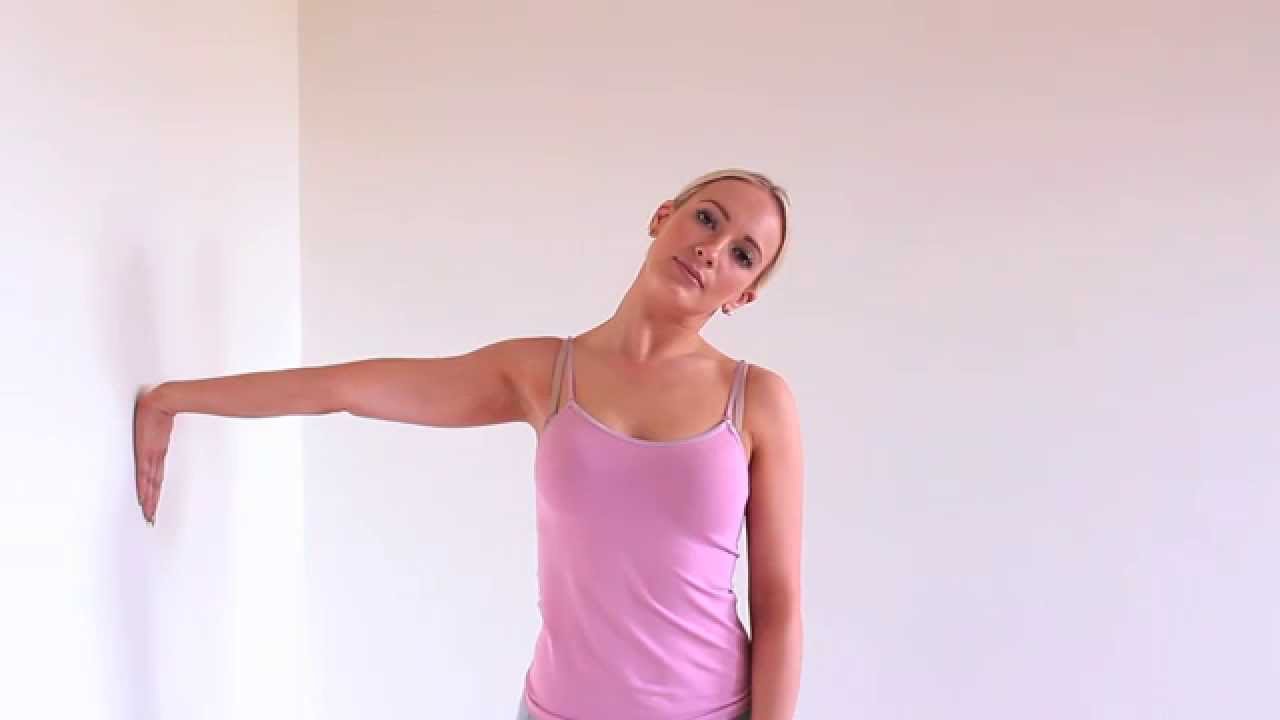
Next week, we will start to dive into some specific strengthening exercises we can do in the gym and prior to practice that will help increase neck strength and reduce the chance for neck injuries. We hope you continue to enjoy this series and find the information valuable. If you did, please share with your colleague and follow us on instagrm @ bjjpt_acl_guy and twitter @acl_prevention. #ViPerformAMI #ACLPlayItSafe